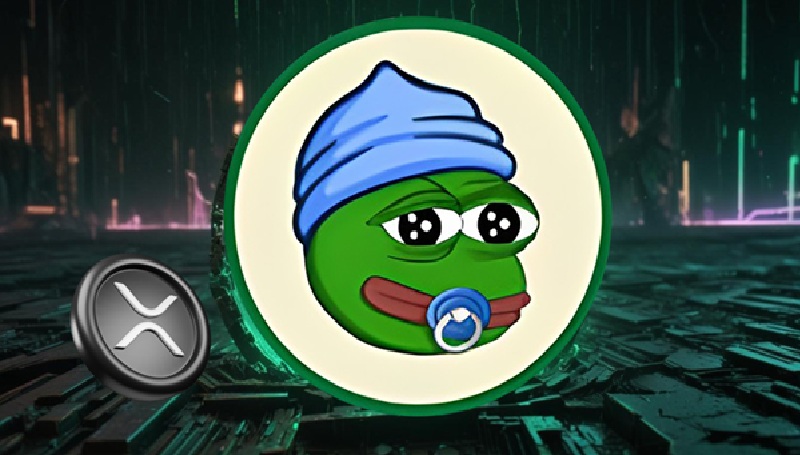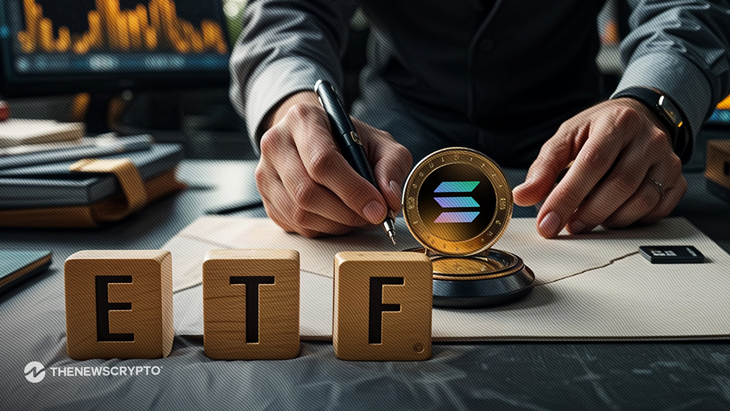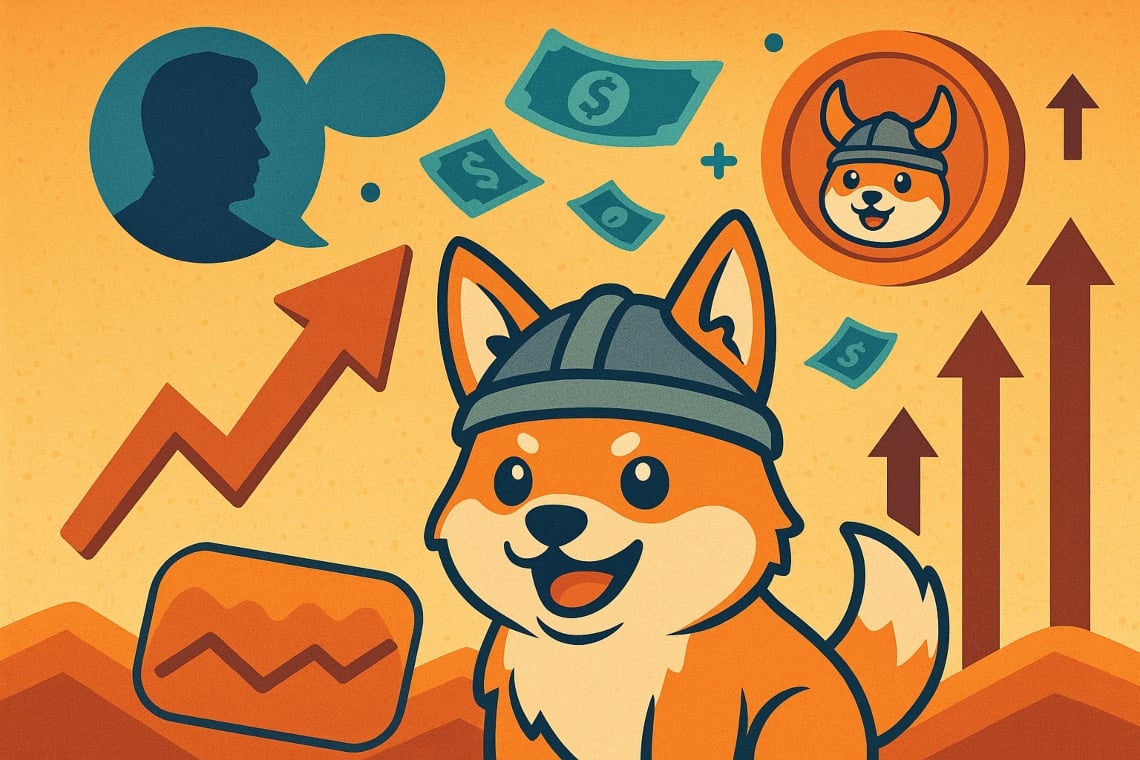The OPay’s Invisible Layer Strategy in Nigeria
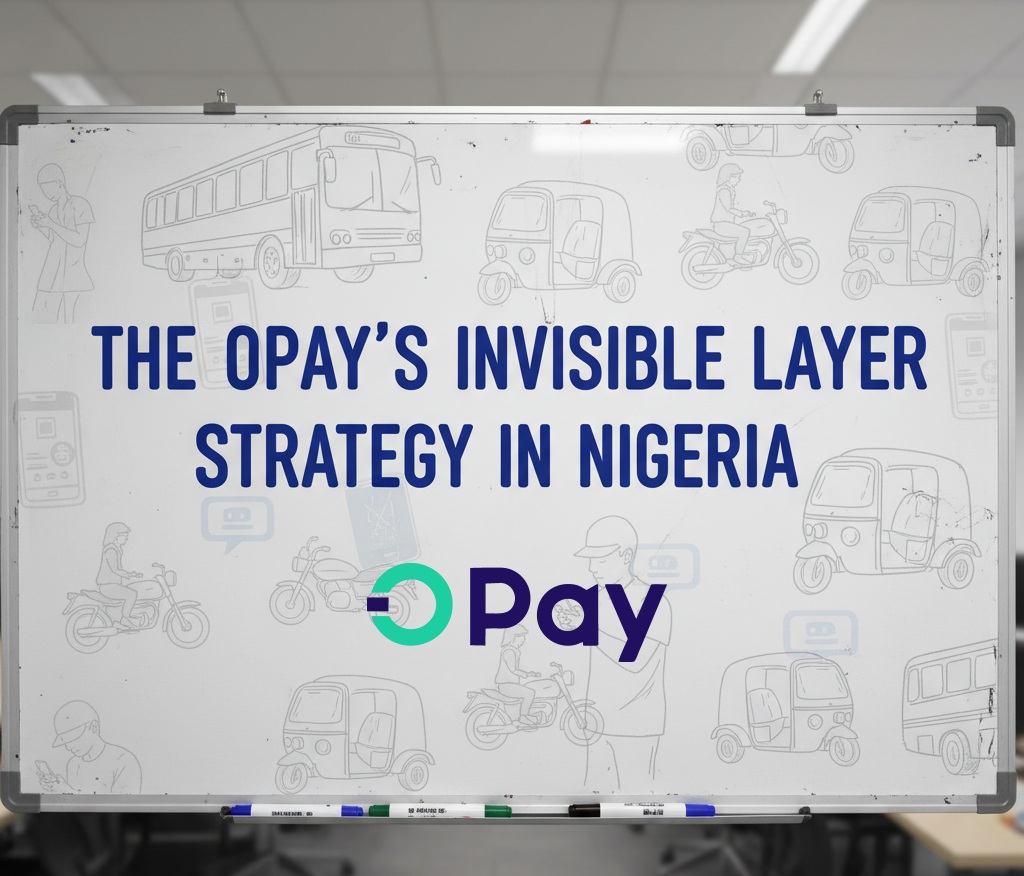

OPay entered Nigeria’s market with what I describe as the Invisible Layer Strategy. The company did not come to build a sustainable motorcycle hailing business or a mass-transportation empire. Instead, ORide, OBus, OKeke and the rest were simply decoys—tools to force millions to download the OPay app. By subsidizing rides, OPay pulled users into its orbit, knowing fully that the thin margins in transportation could not sustain long-term growth. But those loss-leading ventures had one critical value: they seeded the foundation for the paytech business, which was always the real play.
How did I know? The branding of those ventures, from OBus to ORide, was designed around OPay – the fintech unit.
In Harvard Business Review, I have written on the One Oasis Strategy and Double Play Strategy, and OPay exemplified those strategies in its business in Nigeria. Yes, OPay was hemorrhaging cash on transportation, but as users began to pay, withdraw, and transact through its wallet, the company built a fortress in payments. Then came the inflection point—one million users. At that moment, OPay no longer needed to keep up appearances. The ride-hailing units were closed, and the company doubled down on payments, its original vision.
Register for Tekedia Mini-MBA edition 18 (Sep 15 – Dec 6, 2025) today for early bird discounts. Do annual for access to Blucera.com.
Tekedia AI in Business Masterclass opens registrations.
Join Tekedia Capital Syndicate and co-invest in great global startups.
Register for Tekedia AI Lab: From Technical Design to Deployment.
To appreciate the genius here, consider what it would have cost OPay to acquire one million quality users via traditional advertising. Instead, it spent on subsidized transport rides, but those funds bought not just eyeballs—they bought transactions, habits, and trust. Today, the ORide and OBus brands are gone, but their footprints remain in the massive OPay userbase.
The lesson is timeless: what is your invisible layer? What sacrificial venture are you running today, not because of its direct margins, but because of the customer base it can help you unlock tomorrow? In the Igbo nation, we say “onye jiri ihe ya mee ?z?, na-ach?ta ?z? ?z?” [he who uses what he has to open a path will find even greater pathways]. What is your own strategy for acquiring customers?
Comment on OPay’s Invisible Layer Strategy in Nigeria
Some have written that OPay pivoted when ORide, OBus, OKeke and others “failed”. Respectfully, that is not accurate. From the very beginning, OPay was the destination. The day ORide launched, the riders’ uniforms carried not ORide as the dominant brand but OPay. The day OKeke began, the same OPay logo was the anchor.

Look closely at the ORide bikers—you will notice something striking: the company never wanted you to remember ORide. It wanted you to remember OPay. Those transport ventures were never the endgame; they were simply transient bridges. The stable state, from Day One, was always payments. How then do you call a pivot something that was the original vision?
But let us note this: in business, the One Oasis is not fixed. As I teach in Tekedia Mini-MBA, the oasis can evolve as markets evolve. Consider Dangote Group. Years ago, when Nigeria’s rail network functioned, logistics was not the anchor of Dangote’s empire. Today, in a nation with broken supply chains, Dangote Logistics is the crown jewel. Cement, petroleum, fertilizer—they are all tied together by one thing: the unrivalled logistics capability, powered by Dangote Sinotruk West Africa which produces the trucks that move the empire. That is the heart of Dangote Group; other things are multiple plays.
That is the lesson: while OPay’s destination was clear from the start, in other businesses, the One Oasis can shift. Smart companies must master the art of knowing when the Oasis is moving—and redesign their playbook accordingly.

Comment on Feeds:
My Response: As you noted, One Oasis Strategy was at play, and we can say right now it is the OPay app. They have built many things around it. But at the beginning of this business, the one oasis was the ORide which was the most popular unit of that business. That ORide seeded the OPay via a double play. Here, a double-played product can evolve over time to become a business important unit. The One Oasis in a business is not static; things can move and shift.
For example, I think that the One Oasis in Dangote Group is logistics right now. But it was not like that when Nigeria had working railtracks which moved cargoes. Today, with Dangote logistics, the business has no competitor because you can have fuel, cement, etc …do you have means to move them? Only Dangote does in Nigeria.
Remember: The day ORIDE launched, at the back of the uniforms, the OPay logo was there. Simply, OPay was the grand mission on Day 1.
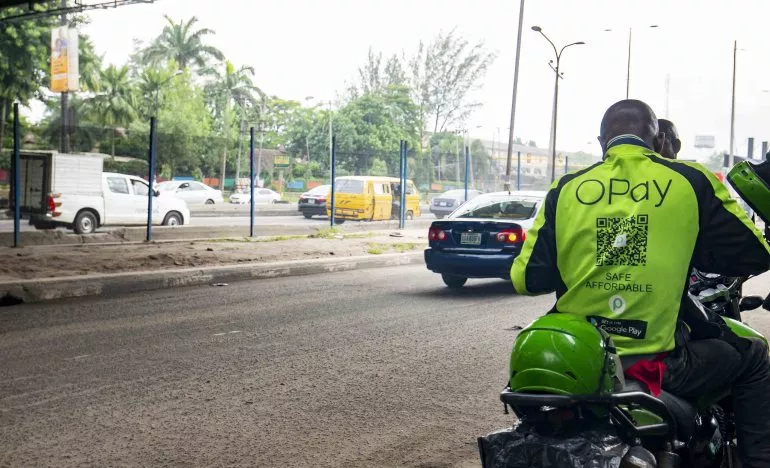
The Invisible Layer Strategy and Why OPay Is Emerging As Nigeria’s Most Potent Fintech
—
Connect via my
LinkedIn |
Facebook |
X |
TikTok |
Instagram |
YouTube

